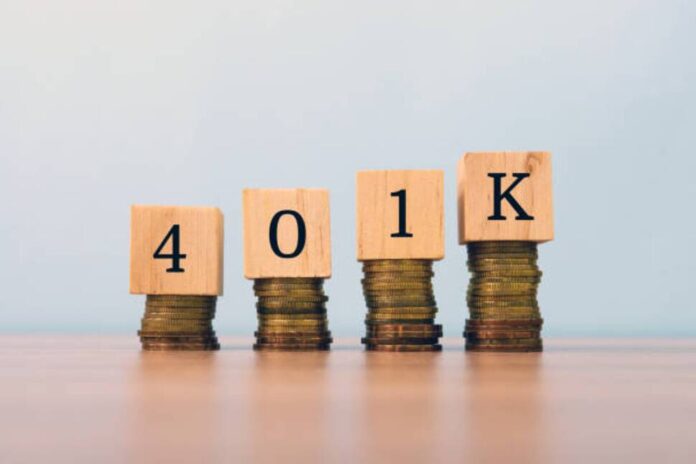Let’s get real for a moment: most of us wonder how our retirement savings stack up compared to others in our age group. Those ‘average 401(k) by age’ stats are everywhere, but what do they really tell us? Are they motivating—or misleading? Let’s unpack the numbers and see what they mean for you.
Before we dive in, slip over to [this detailed MSN story] to see the original tables and breakdowns. I’ll give you the highlights—and some context you can actually use.
Snapshot: Average 401(k) Balances by Age
Different sources show slightly different figures, but here’s a solid snapshot:
Empower Data (June 2025)
User data from Empower’s dashboard (likely reflecting more engaged savers) shows: Empower
- 20s: Average $97,440 / Median $37,668
- 30s: Avg $193,895 / Median $77,546
- 40s: Avg $392,026 / Median $158,093
- 50s: Avg $607,055 / Median $249,136
- 60s: Avg $568,040 / Median $188,792
- 70s: Avg $420,975 / Median $92,611
As expected, the curve climbs through the 50s then dips—typically a reflection of shifts toward withdrawals during retirement.
Fidelity & Vanguard (Q1 2025)
Fidelity reports that overall, the average 401(k) balance is around $127,100 (a slight dip due to market volatility) and the retirement savings rate hit a record 14.3%.MarketWatchKiplinger
Generation breakdowns are also telling:
- Baby Boomers: ~$239,600
- Gen X: ~$187,400
- Millennials: ~$66,800
- Gen Z: ~$13,900
These trends echo Empower’s findings—even if the exact numbers differ slightly.Kiplinger
Vanguard & Investopedia Snapshot
Vanguard’s 2024 data aligns closely: average balances around $148,153, with medians much lower (roughly $38,176)—highlighting how a few high savers can skew averages.Investopedia
What These Numbers Really Mean
- Averages vs. Medians
- Averages can feel intimidating—skewed by big balances. Medians often give a more realistic snapshot of what the “middle” saver holds.
- Lifespan Trends
- Savings typically build into the 50s, then dip as retirees draw from their funds. This drop isn’t alarming—it’s expected.
- Benchmarking Doesn’t Guarantee Success
- Savings Gaps Are Real
What You Can Do (Regardless of Your Balance)
- Use the Numbers Wisely
Treat averages as inspiration—not pressure. The key is steady progress. - Set Salary-Based Goals
If you earn $80K, aim for $80K saved by 30, $240K by 40, and so on. Makes tracking easier—and more personal. - Take Advantage of Catch-Up Contributions
Over 50? You can contribute up to $31,000 annually (including the extra catch-up allotment). Empower your savings.EmpowerTexas Hospital Assn - Match the Market, Don’t Panic
Market dips happen. Evidence shows savers largely stayed the course—even when Q1 2025 brought a slight dip in balances.MarketWatch - Think Beyond the 401(k)
Don’t neglect IRAs, taxable accounts, housing equity, or other investments. It’s all part of the bigger picture.
TL;DR: Are You on Track?
| Age Group | Empower Avg | Fidelity Avg | Savers’ Strategy |
|---|---|---|---|
| 20s | ~$97K | ~$14K | Start early, build habits |
| 30s | ~$194K | ~$67K | Look to save 1× salary |
| 40s | ~$392K | ~$187K | Use salary multiples as guide |
| 50s | ~$607K | — | Maximize catch-up contributions |
| 60s+ | ~$569K | ~$240K (Boomers) | Withdraw wisely, diversify |
Final Thought
Seeing these numbers—whether daunting or encouraging—can be a powerful motivator. But the real journey begins when you turn averages into actionable goals personalized for your life. Make a plan, adjust as needed, and keep your eyes on your finish line—not everyone else’s.
Want the full, detailed breakdown of 401(k) balances by age? Head over to the original story [on MSN] to explore the full tables and data. Then come back and let me know: what’s your saving strategy—and how can we make it stronger?
